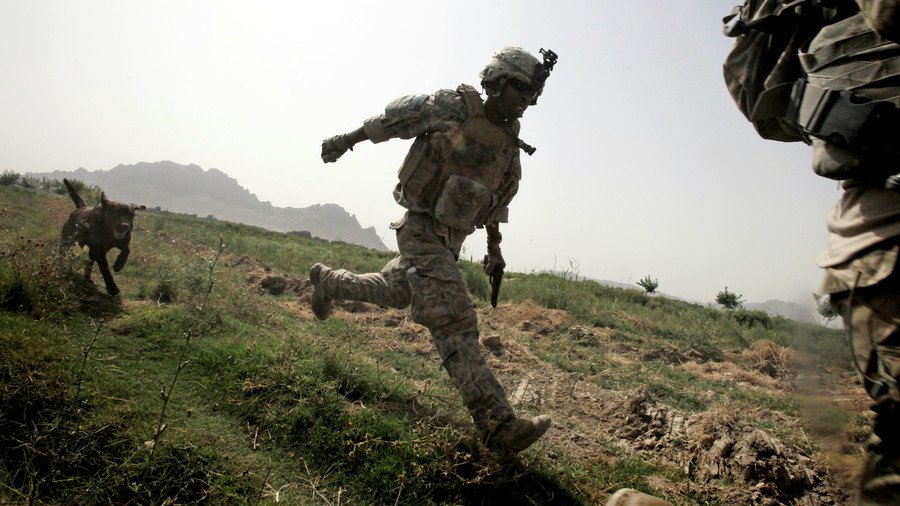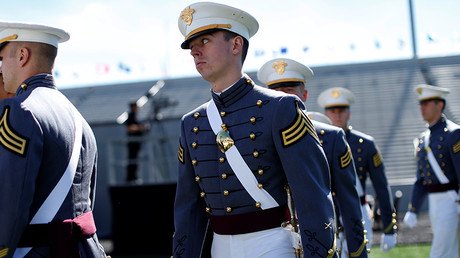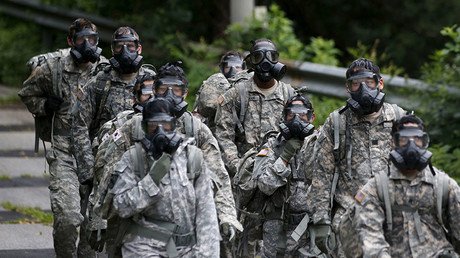Caged & neglected: Veteran US Army dogs mistreated on return from Afghanistan

US Army bomb sniffer dogs who saved soldiers’ lives in Afghanistan were mistreated and possibly euthanized when they returned home. Some spent almost a year in kennels, handlers said.
In a report released Thursday, the Department of Defense Inspector General’s Office admitted to all kinds of shortcomings concerning more than 200 dogs that returned to the US in early 2014 after a three-year deployment to Afghanistan.
The probe was launched in response to complaints from at least four former handlers of the Tactical Explosive Detection Dogs (TEDDs), which guided them on missions to sniff out roadside bombs between 2011 and 2014. Handlers said some of the brave canines were held in kennels, neglected for up to 11 months, according to Reuters.
Several of the handlers managed to rescue and adopt their wartime companions. This was made more difficult by the fact that the “disposition” program did not prioritize the handlers among those applying to adopt the canines.
“Disposition” is the term used in the report for the post-deployment treatment of the service dogs. It includes distributing them to law enforcement agencies, other federal services, private adoption, as well as sending them back to warzones and euthanasia.
The report blamed the Secretary of the Air Force, in charge of the Military Working Dog (MWD) program, for not properly managing and overseeing the “disposition.” Planning for the dogs’ fate only began a few weeks before their tour of duty was over, leaving not enough time for their proper re-homing.
Pentagon regulations were not followed, either. “The Army did not use the DOD Working Dog Management system, as required by the Joint Military Working Dog Instruction and Army Regulation 190-12,” it said.
The revelations drew angry reactions on social media. Ex-servicemen said human and canines veterans were treated equally badly, or demanded disciplinary action.
This makes me so sad. What have we come to that we can't treat these trusting canine heroes with the same respect, dignity, & honor that our troops deserve?
— Rob libadia (@rob_libadia) March 3, 2018
Maggots!Identify and punish their undisciplined asses!https://t.co/3f1v1Ean1b
— Col. Yak (@CantedQuips) 3 марта 2018 г.
If you like this story, share it with a friend!















